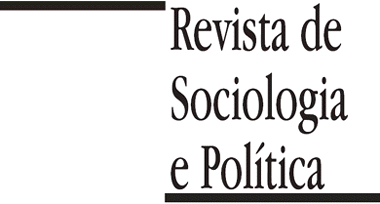ABSTRACT
Introduction:
This article explores the member composition of the National Council of Justice (CNJ) and the National Council of the Public Prosecutor's Office (CNMP) spanning the years 2005 to 2019. Understanding the composition of these Councils is pivotal for grasping their operational mechanisms.
Materials and methods:
We performed a prosopography of the 105 CNJ members and the 98 CNMP members, comparing their profiles to identify similarities and differences.
Results:
The composition of the CNJ and the CNMP is more accurately explained by informal dynamics rather than formal appointment rules. These informal dynamics include: i) political influences within judicial institutions; ii) networks and criteria that reinforce selection filters for leadership positions in the Judiciary and Public Prosecutor's Office; and iii) external factors beyond the institutional framework of the Councils, such as pressure from professional associations.
Discussion:
The recruitment pattern reveals the limited accountability of the CNJ and CNMP, which adhere to an institutional isomorphism model. Despite being tasked with overseeing the Judiciary and the Public Prosecutor's Office, they have adapted to align with the preferences of those they monitor.
Keywords
National Council of Justice; National Council of the Public Prosecutor's Office; accountability; institutional isomorphism; prosopography

 Thumbnail
Thumbnail
 Thumbnail
Thumbnail
 Fonte: elaborado pelos autores, 2022.
Fonte: elaborado pelos autores, 2022.
 Fonte: elaborada pelos autores, 2022.
Fonte: elaborada pelos autores, 2022.